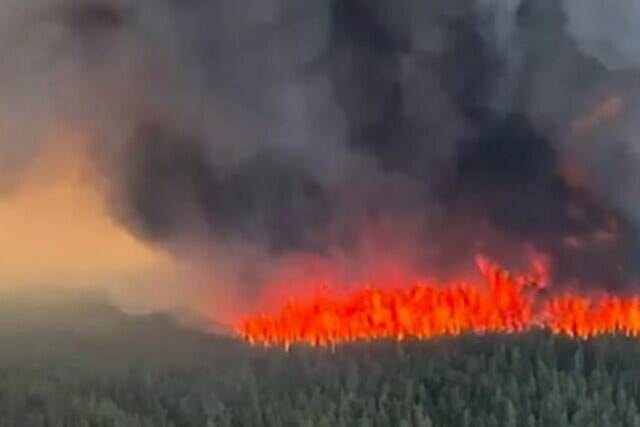It is early July, but already the fire season in British Columbia is the third worst on record.
So far this year, 634 wildfires have been recorded and 1,044,507.313 hectares have been burned. The majority of this is in the Prince George Fire Centre, which covers the northeast portion of the province.
These are the fires recorded since April 1 and continuing until March 31 of next year.
Considering that the number of fires often increases during July, August and September, it is possible this year could set a record for the amount of devastation from wildfires.
One bad year could be seen as an anomaly, but this is not the only devastating fire season on record.
Prior to this year, the most destructive fire seasons on record in British Columbia were 2018, 2017 and 2021. Each of these seasons was significantly higher than the 1958 wildfire season, previously the worst on record in this province.
In addition, on a national scale, 2023 has already been declared the worst year ever for wildfires in Canada. Before the end of June, the amount of land burned had exceeded the previous record, set in 1989.
The national statistics are calculated from July 1, which means the destruction recorded in less than half a year exceeded the worst full-year numbers from the past.
Destructive wildfire seasons are becoming commonplace in British Columbia and beyond, and each year smoky skies and poor air quality affect summertime activities for residents and visitors.
There are also tangible costs to extreme wildfire seasons. These include the value of the land destroyed, the costs of firefighting efforts and the costs of assisting those displaced from their homes during wildfires.
If there is a way to reduce the number of wildfires each summer, strategies must be developed now, before the annual destruction becomes worse.
Nobody wants to live in a world defined by wildfires, smoky skies and evacuation alerts and orders, and nobody would wish such a world on their children or grandchildren.
– Black Press
Signature
